We often say “Speaking of udon, Sanuki udon in Kagawa Prefecture”, but what is the difference between Sanuki udon and other udon? Have you ever wondered? In this article, we will introduce the characteristics of Sanuki udon and how it differs from other udon. We will also introduce the characteristic way of eating Sanuki Udon in Kagawa Prefecture, so if you want to know about delicious udon and know about udon trivia, please check it out.
WHAT IS SANUKI UDON?
One of the traditional foods in Japan, specifically in Kagawa Prefecture, called “Sanuki Udon” characterizes itself by its lightness and chewy noodles. Many people recommended Sanuki Udon when one has bad digestion and feels sick, also when one has no appetite. Originally, people mainly made Sanuki Udon as miso-nikomi udon seasoned with miso instead of the current bonito dashi and soy sauce-seasoned juice.
After that, people incorporated Sanuki Udon into their diets as soy sauce spread nationwide, which cooks also use in the udon soup. Lots of people, even tourists who cited that udon was the reason for choosing a destination and the first attraction of Kagawa, have loved Sanuki Udon for a long time, and people have called it “Udon Prefecture”.
ORIGIN/HISTORICAL BACKGROUND OF SANUKI UDON

Udon is a simple food that can be made only with flour, salt, and water, but the workmanship varies depending on how the craftsmen make it. That’s how profound it is. The main reason why udon has become popular in Kagawa Prefecture is that it was relatively easy to obtain the raw materials needed to make udon. Starting with wheat, the main ingredient, salt, and soy sauce. There are various theories about how Sanuki Udon emerged in Kagawa.
One was the “Kobo Daishi Kukai” theory wherein a priest of the Shingon sect, Kukai, traveled to Tang for a study abroad monk mission. He then learned the wheat cultivation method and the technique of making udon noodles there and spread this to the people of his hometown. He brought back a boiling kneaded wheat flour called “Konton” that everyone is eating in Tang. The name “Konton” becomes “kenton”, and because it is boiled and eaten while hot, it becomes “onton”, which in turn becomes “unton” and the current “udon”.
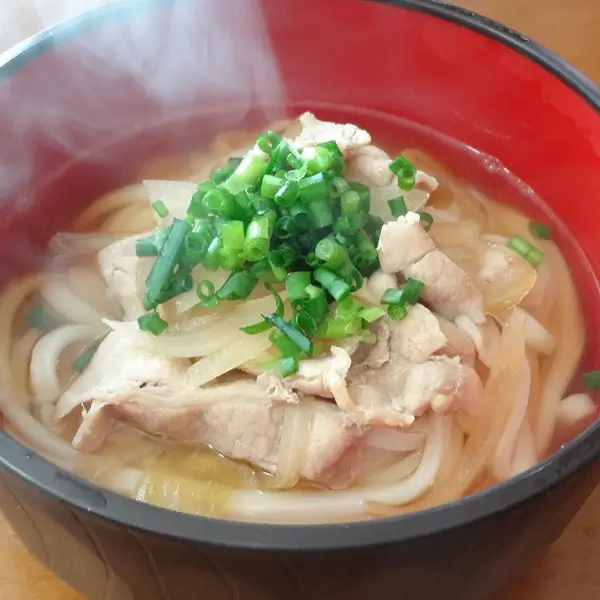
Dango soup” theory
The last theory concerns the “Dango soup” theory. This theory began with the spread of stone mills during the Muromachi period, and historians presumed that the noodles at that time had shapes like crushed dumplings because in the middle of the Muromachi period, stone mills became popular among the common people, and the eating habits of the general public changed drastically. Anyone could grind wheat flour, and “dango” spread among the common people as a preserved food. This caused it to become popular in various places in the form of “Dango soup” that gave a feeling of fullness other than rice.
It evolved from the shape of dumplings into udon noodles, which people made into the current noodles that are easier to eat, such as making them easier to eat by chopping them and then spreading them thinly with their hands or fingers. However, researchers have not yet confirmed both of the theories we have here, and so, the history of Sanuki Udon remains a mystery at the present day.
HOW IS SANUKI UDON MADE?
The Process of Making Sanuki Udon
Originally in the Sanuki region, due to the low rainfall, drought damage frequently occurred, and stable rice production was not possible and was regarded as a luxury item. Wheat was made instead of rice while being forced to live in poverty. Using this wheat, the people of the Sanuki region worked hard to make udon noodles and developed them into the current form of Sanuki udon noodles so that it can become a fine staple food rather than a substitute for rice.
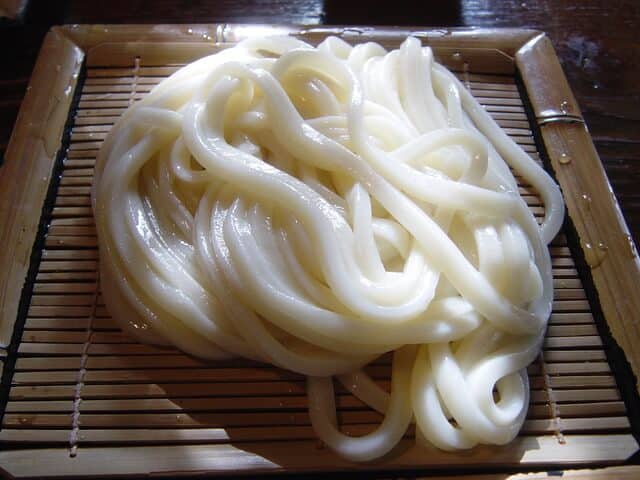
Sanuki udon is all about the noodles.
Sanuki udon has a water content of which about 40% or more of the flour weight, a salt of about 3% or more of flour weight. The dough’s aging time takes about 2 hours or more. And lastly, the boiling time takes about 15 minutes and chefs expect the starch to sufficiently pregelatinize, or the starch gelatinizes when they add water and heat to make it easy to digest. The unique elasticity of the udon emerges from a large amount of water that cooks add to the dough and a significant amount of gluten that seeps out during the process.Also, adding saltwater weakens the action of wheat proteolytic enzymes and prevents the dough from dripping, which is also a secret that creates strong elasticity.
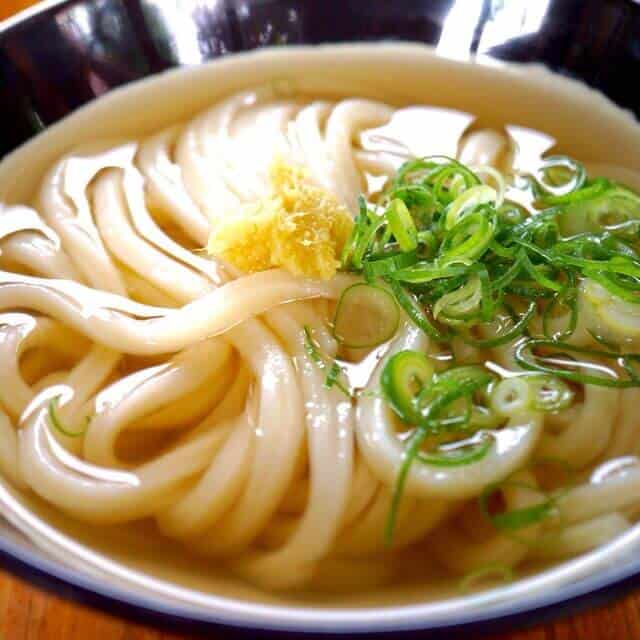
The udon food culture that has permeated the lives of ordinary people is also changing. People said the seasoning differed depending on the region, such as the characteristics of it having a light taste and strong taste. Originally, people mainly made miso-nikomi udon seasoned with miso instead of the current bonito dashi and soy sauce-seasoned juice. After that, people incorporated it into their diets as soy sauce spread nationwide, and cooks also use it in udon soup.
Sanuki udon also has half-raw udon noodles that differ from raw noodles and dried noodles. Half-raw noodles are noodles that producers make by kneading wheat flour and saltwater and drying them with heated air to keep the water content higher than that of dried noodles. These noodles eliminate the drawbacks that drying raw noodles causes, allow storage for a longer period than raw noodles, and maintain the original flavor of wheat flour compared to dried noodles.
What is so unique about Sanuki Udon?
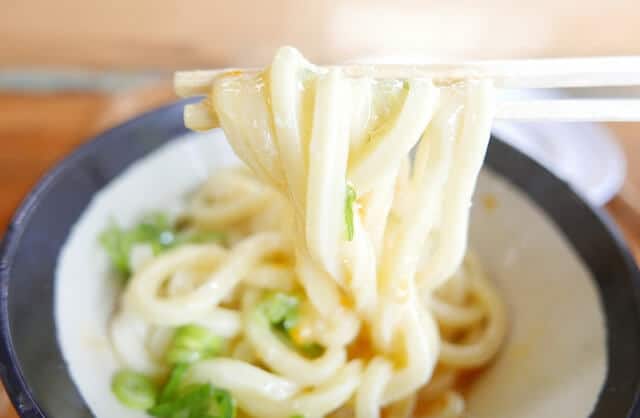
The biggest feature of Sanuki udon is its noodles. The noodles should be as soft as possible when you put them in your mouth, to have a chewy texture on them. The appearance of the Sanuki udon is more on glossy type udon, and the corners cut with a kitchen knife pass through. The texture is chewy and elastic, yet has a chewy and firm texture, and is characterized by its firmness that cannot be experienced with other udon noodles. It is smooth and soft to the touch, and you can feel the faint aroma of wheat each time you chew. Sanuki udon has a wide variety of ways to eat, such as kake, colander, kamaage udon, bukkake, and raw soy sauce.
Sanuki Udon also features the characteristic that ginger and green onions often serve as condiments, and these pair well with Iriko soup stock. If you add spice with the strongest aroma to the soup stock, the flavor will suffer, but the combination of Iriko soup stock and ginger eliminates the odor and brings out the refreshing flavor of the udon noodles. In addition to this, people have used red pepper and mustard, ground sesame seeds, Hanagatsuo, and Sudachi in the past. In recent years, regional characteristics of foods have diminished and their availability has improved, allowing restaurants to offer a wider variety of condiments.
RECOMMENDED SANUKI UDON RESTAURANTS
In the Sanuki Region, people have long followed the custom of making udon noodles at home, and families have eaten it daily. Nowadays, fewer people eat udon at home, but as many people eat udon every day, it continues to be the most familiar food on the menu. Here are some of the recommended Sanuki Udon restaurants that one would love to visit.
Okasen
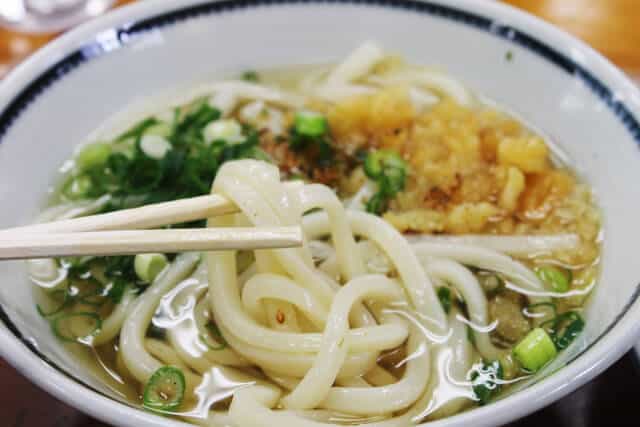
The first recommended store of Sanuki Udon in Kagawa Prefecture is “Okasen”, which has been featured in the media many times as a famous store of Sanuki Udon, a specialty of Kagawa. You can see the essence of Sanuki Udon in this restaurant when it comes to its exquisite taste, its chewy and soft noodles, and its appearance. Many locals loved going to this shop just to eat because all the staffs are very accommodating and very friendly. Also, because it has been famous ever since when you went out to eat here during lunchtime, you will have to wait in line first before going inside the shop.
Gamo Udon
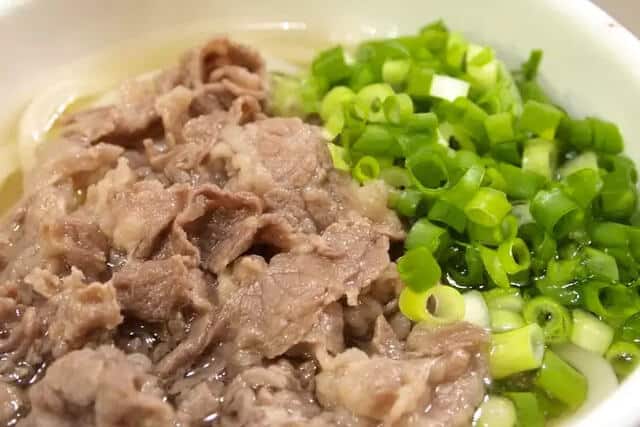
This shop is in rural scenery in Sakaide City, Kagawa Prefecture. It has been popular since the early Sanuki udon boom. The parking lot has expanded due to its popularity, but during the Golden Week holidays, the shop often closes temporarily to prevent traffic congestion in the neighborhood.
This self-styled shop requires you to tell the staff how many balls you want, whether the noodles are warm or cold, and when you receive the bowl, you choose the toppings yourself and sprinkle the soup stock. Eating inside the store works well, but on sunny days we recommend sitting outside on a bench to eat.
Hinode Seimen Jyo
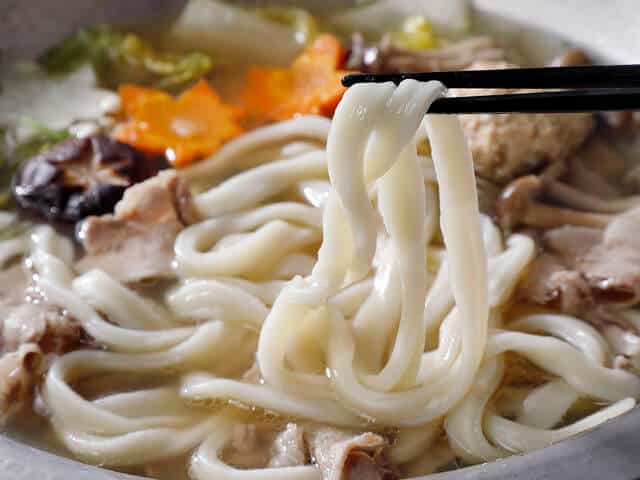
It is also famous for being open only for 1 hour from 11:30 to 12:30 at noon. Originally, this long-established noodle factory started shortly after the war, but in response to the customer’s desire to “eat on the spot”, the shop prepared a desk and chair for that time so people could eat there. After staff bring in only the noodles, customers sprinkle the soup stock from the pot on the desk to eat. This shop offers udon at a low price yet you will find yourself amazed by how delicious it tastes. The shop has won several awards in the past and continues to win them at present. The udon noodle itself looks very pleasing and beautiful to the eye.
Suzaki Foods Shop
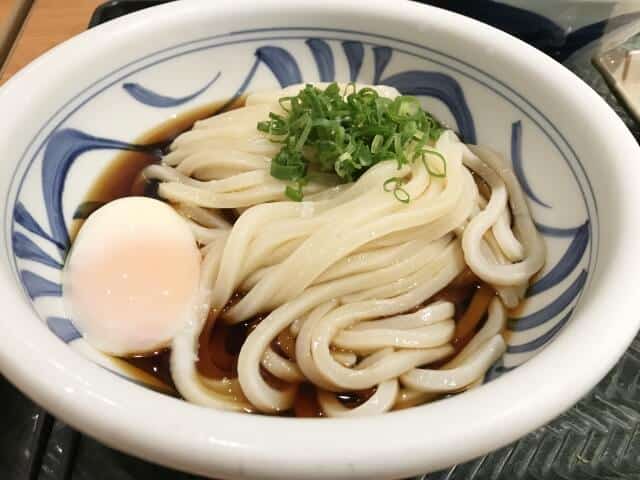
At first glance, you can hardly tell whether this shop is an udon restaurant. You can savor your udon by sprinkling soy sauce on old-fashioned thick noodles which have strong elasticity. Many people also sprinkle eggs on it and eat it this way. This gem lets you feel the deliciousness and firmness of the noodles just by simple seasoning. The udon here offers a popular source of deliciousness and you can eat it with soy sauce and eggs or whatever you want to eat it with. The restaurant also provides a parking lot with 25 units capacity for those who would go out with their cars to eat here.
Handmade Udon Tamura

The shop has a simple exterior appearance. It is a well-known restaurant that became a rumor among local udon lovers before the Sanuki udon tour became a boom. The current owner has taken over udon making from the predecessor who people said had the hand of God. The process of boiling the udon noodles in an iron kettle demonstrates top-notch skill. The shop follows a self-styled system and customers pay the fee afterward. “Soy sauce udon”, which diners simply sprinkle with soy sauce to taste the strength of the body, remains popular.
Another Udon in Japan
If you love Udon, Check another Udon in Japan! There are many Udon in various area.
Click here for it !
Videos
FAQ
What is Sanuki Udon?
Sanuki Udon is a famous style of Japanese udon from Kagawa Prefecture, known for its firm, chewy texture and smooth, thick noodles.
What makes Sanuki Udon different from other udon?
Its defining features are the strong chewiness, square-shaped thick noodles, and a light yet flavorful broth made from dried sardines and soy sauce.
How is Sanuki Udon traditionally served?
It is commonly served hot in broth, chilled with dipping sauce, or as “kamaage” udon, where noodles are served in hot water with dipping sauce on the side.
Where can I try authentic Sanuki Udon?
The best place is Kagawa Prefecture, where many self-service udon shops let visitors enjoy freshly made udon at affordable prices.
Is Sanuki Udon suitable for vegetarians?
The noodles themselves are vegetarian, but the broth often contains fish-based dashi. Vegetarian options are available at some shops.
Can I buy Sanuki Udon as a souvenir?
Yes, dried, frozen, and fresh packaged Sanuki Udon are popular souvenirs from Kagawa and are also sold online.
How do I cook Sanuki Udon at home?
Boil the noodles vigorously in plenty of water, rinse quickly in cold water after boiling, and serve with dipping sauce or broth.
What toppings go well with Sanuki Udon?
Popular toppings include tempura, green onions, grated ginger, raw egg, tenkasu, and thinly sliced meat.
Is Sanuki Udon healthy?
It is generally low in fat and simple in ingredients, but calorie content varies depending on toppings and broth.
What is the best season to enjoy Sanuki Udon?
It can be enjoyed year-round. Cold udon is refreshing in summer, while hot broth-based udon is popular in winter.
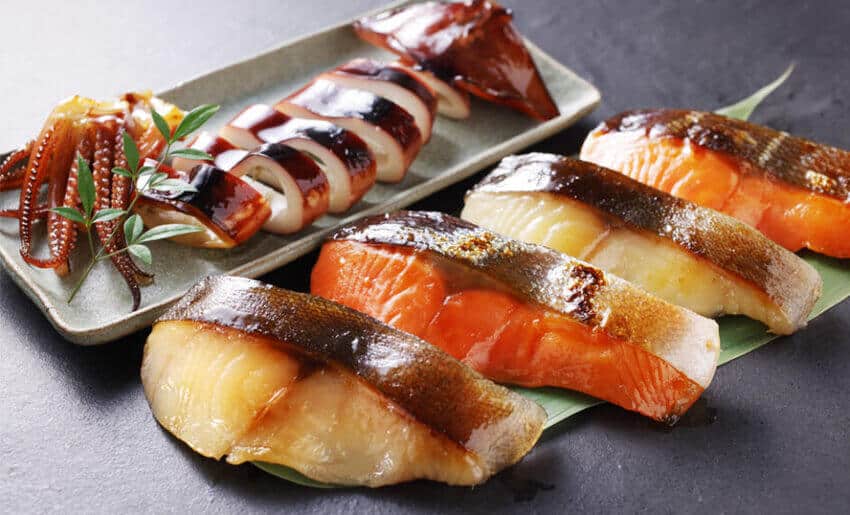

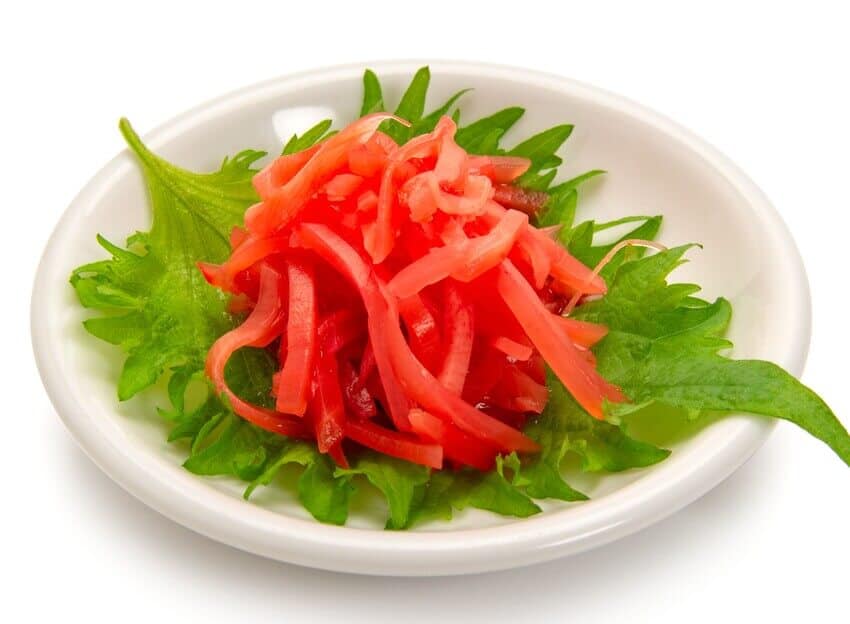

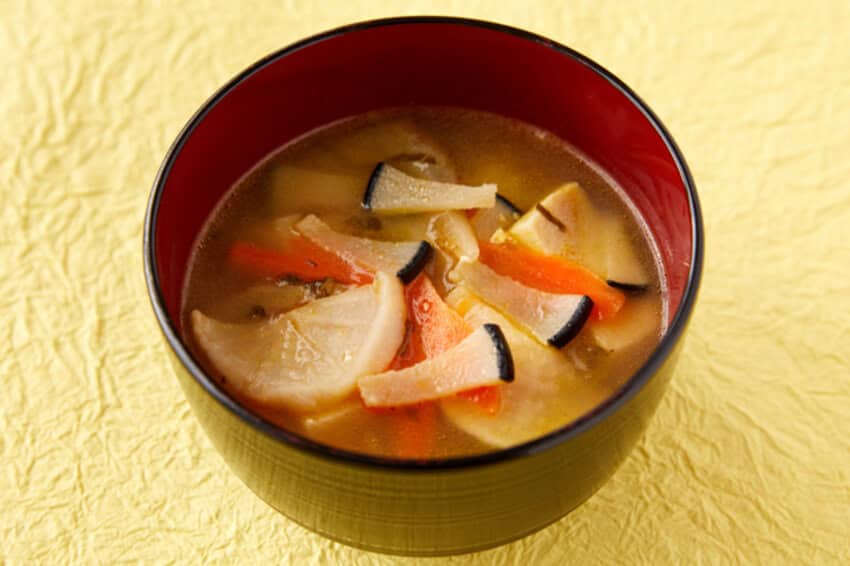




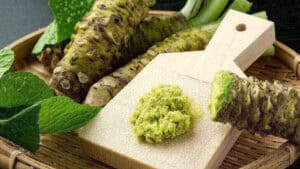
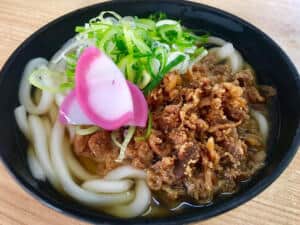
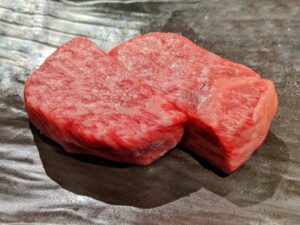
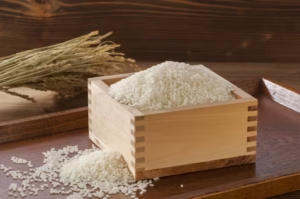



Comments
List of comments (2)
Its like you read my mind! You seem to know a lot about this, like you wrote the
book in it or something. I think that you could do with some
pics to drive the message home a bit, but instead of that,
this is wonderful blog. A fantastic read. I will certainly be back.
Thank you for reading!
Try posting interesting article more, so please come back to read!